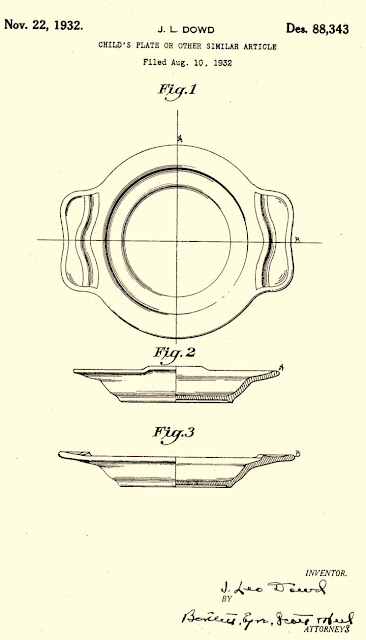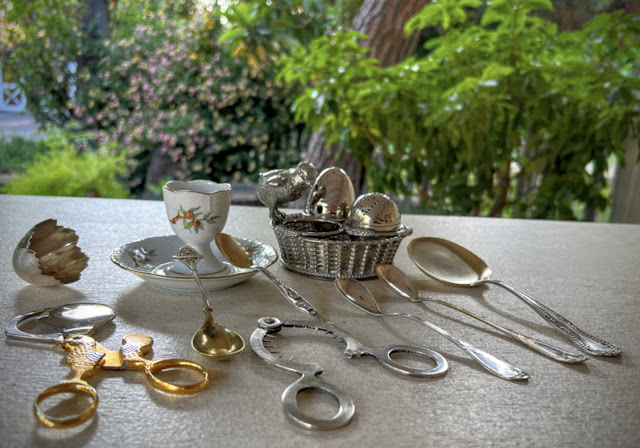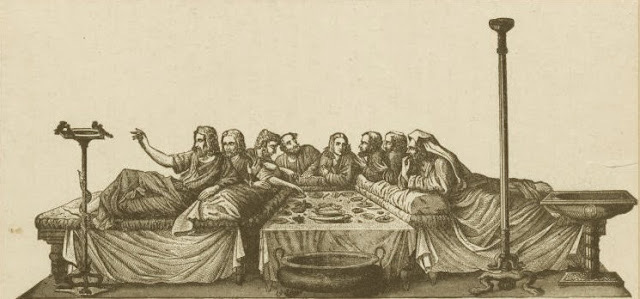 |
| A car pool or ride-share arrangement can lead to disagreements unless the members of the car pool observe rules of etiquette. |
In large companies whose many employees come from far and near, car pools will usually spring up, formed by people who live in the same area and want to share commuting expenses. Either the members take turns driving their cars, or one member drives regularly and the others pay him their share of expenses. In either case the arrangement can lead to disagreements unless the members of the car pool observe rules of etiquette.
General rules of etiquette for the car pool. Here are some basic rules:
1. Be punctual. Driver and passengers must realize that to hold up the others is impolite and can cause them to be late. It is best to have a definite agreement on what the latest time is that the pool can leave, and to stick to it.
2. Let others know of a change in plans. It is inconsiderate to neglect to notify the others of a change in plans. Naturally, this is especially true when you are the driver, but it applies to passengers as well. Even if by agreement the group will leave at a given time if you don't arrive, it is polite to tell someone that you won't be there and save the group the wait and the uncertainty. For this reason it is best if each member has the phone number of the others.
3. Don't offend through personal habits. In the close quarters of an automobile, personal habits are accentuated, especially offensive ones. This makes it essential that you show extra care. To smoke a cigar, for example, would not be considerate unless you knew that no one in the pool would object. Insisting on a window seat or on some other preferred treatment will only create ill will.
When you are a passenger. As a rider in a car pool you have certain responsibilities toward the driver:
1. Respect the driver's property. Do not drop cigarettes or cigarette ashes on the upholstery. Close car doors gently. In short, treat the car you ride in as if it were your own.
2. Be prompt in payment. If yours is a pool where payment is involved, don't make the driver have to ask you for it. This can be an embarrassing situation for both of you. To avoid it, pay the driver promptly on the day agreed upon.
3. Don't ask the driver to be your private chauffeur. Even if you are paying for your ride, don't ask the driver to go out of his way to help you do any of your special errands. Of course, in an emergency this rule can be relaxed.
4. Help, or at least offer to help, the driver with emergency repairs. It is extremely inconsiderate to sit in the car while the driver is changing a tire or doing some other emergency work.
When you are the driver. If you are the driver in a car pool, you have special responsibilities, too:
1. Drive safely. The lives of your passengers are in your hands. Drive with prudence and remember that unnecessary sudden stops or jackrabbit starts can make the ride an uncomfortable and uneasy one for your riders.
2. Keep your car in good repair. Regular maintenance will pre- vent breakdowns that can greatly inconvenience both you and your riders. Don't leave broken windows, doors and the like in disrepair — an open window can defeat even the best car heater on a cold winter's day!
3. Make sure you have adequate insurance. Even if insurance is not compulsory in your state, make sure that you are protected against any liability that might arise out of an accident.
4. Make definite financial arrangements with your riders. If cash payments are involved in your car pool, each member should know exactly what he has to pay and when you expect him to pay it. Some people feel that it is polite to appear casual or reticent about these matters; actually, it is inconsiderate to be anything but clear. It only embarrasses your passengers when a mixup occurs because they weren't sure of the rules. — From, the “Business Etiquette Handbook,” by Parker Publishing Company Inc., West Nyack, NY
🍽Etiquette Enthusiast, Maura J. Graber, is the Site Editor for the Etiquipedia© Etiquette Encyclopedia




























